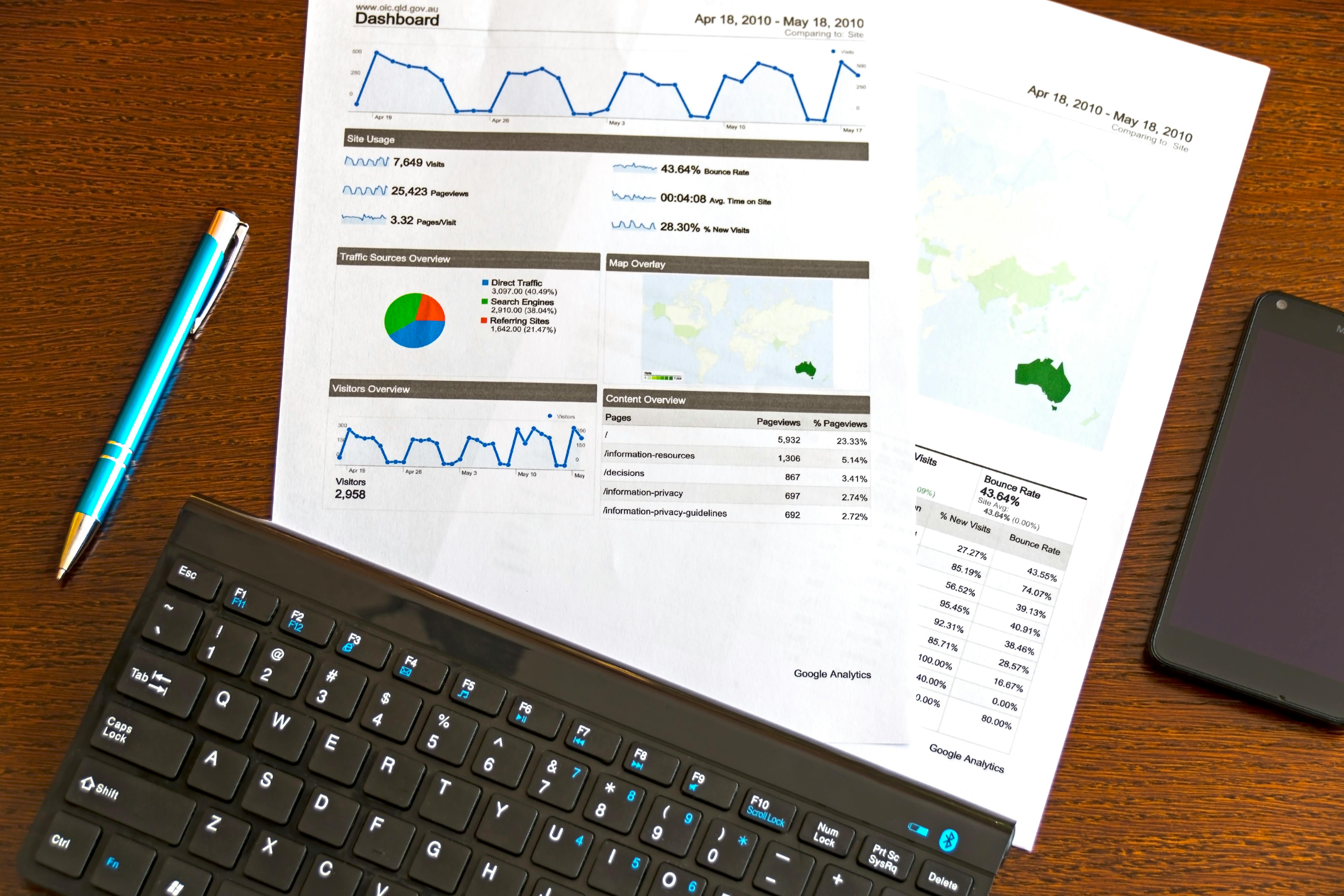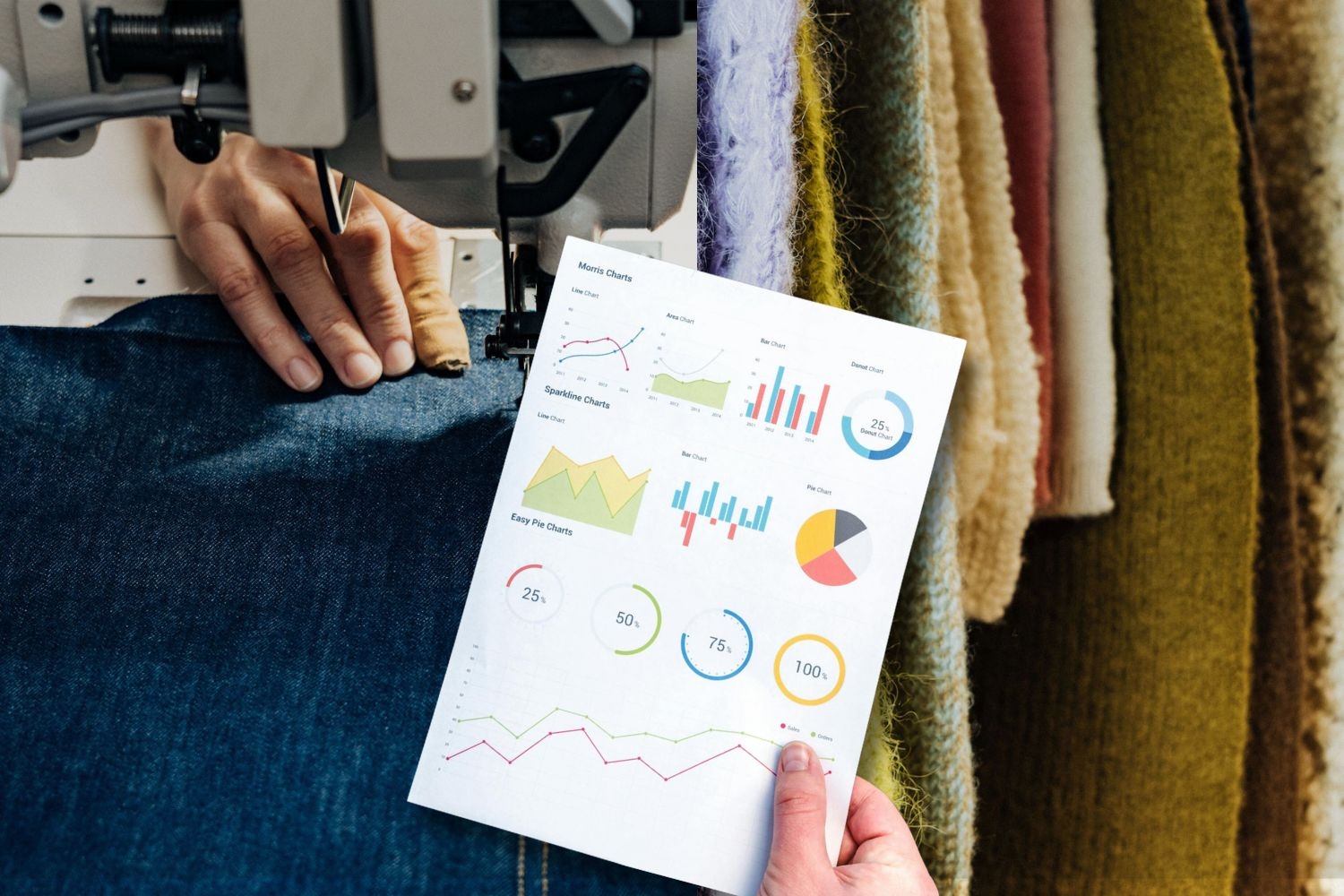Sustainability reports offer transparency and allow companies to showcase their progress toward a circular economy.
Sustainability reports typically include assessments on traceability, wages and employee well-being, commercial practices, raw material usage, environmental justice, and governance. Brands are encouraged to redesign and reuse resources to reduce dependency on virgin and petroleum-based materials.
Highlighted Sustainability Reports
PUMA Sustainability Report 2024
 Image source PUMA
Image source PUMA
PUMA has voluntarily released its 2024 Sustainability Report, showcasing key initiatives such as FOREVER.BETTER, circular production practices, and responsible material sourcing.
The progress is clear: 25% of PUMA’s products are now made using recycled or certified materials, and 9 out of 10 products are made using better materials, such as Better Cotton or recycled polyester.
 Image source PUMA
Image source PUMA
The sportswear giant has also expanded its RE: FIBER program in partnership with RE&UP, which focuses on textile-to-textile recycling to produce jerseys and football kits from waste.
The report provides detailed insights into PUMA’s use of certified materials, such as sourcing 99% of its leather from Leather Working Group-certified suppliers,and the company’s organisational approach to production and supply chain monitoring.
 Image source PUMA
Image source PUMA
Additionally, PUMA is working toward its 10 for 25 sustainability goals, a roadmap to address 10 key Sustainable Development Goals by 2025. These include initiatives targeting biodiversity, fair income, health and safety, chemical responsibility, circularity, ocean plastics, climate impact, water and air quality, and more.
With this comprehensive report, PUMA is setting ambitious standards for itself and raising the bar for sustainability across the entire sportswear industry.
H&M Group Sustainability Report 2024
H&M Group has also made positive strides toward sustainability, outlining key developments in its latest sustainability report. The document covers the brand’s business model, consumer-focused circularity, value chains, corporate governance, and financial performance.
 Image source H&M
Image source H&M
H&M’s sustainability strategy is built on five interconnected focus areas: climate, water and chemical use, land and biodiversity, raw materials, resource management, and people.
This holistic approach reflects the brand’s commitment to transforming its operations while addressing key environmental and social challenges.
The report includes a breakdown of H&M’s CO₂ emissions in Scope 1 and 2, with a target to reduce emissions by 53% by 2030. To reach this goal, the company has been investing in innovative technologies, such as waterless dyeing methods for textiles, to significantly reduce environmental impact.
 Image source H&M
Image source H&M
Additionally, H&M has implemented garment collection points across stores, allowing customers to return used clothing. These items are either recycled into new products or resold, helping to extend the life cycle of garments and reduce textile waste.
Through transparency, innovation, and action, H&M is taking meaningful steps toward a more sustainable and circular fashion future.
Carhartt Reworked Sustainability Report 2024
Carhartt has been ramping up its efforts toward a circular system, embracing key concepts such as resale, repair, and recycling, further reinforcing the brand’s long-standing commitment to durability and sustainability.

Since launching Reworked in 2023, Carhartt has seen promising results. In 2024, its trade-in and collection programs have proven successful, gathering and reselling upcycled items. Initiatives like these helped the brand divert over 86 tons of waste from landfills between 2024 and 2025.
 Image source Carhartt
Image source Carhartt
The brand’s focus on garment repair is also gaining traction. In the past year alone, over 4,100 items were repaired by Carhartt’s dedicated team, who replaced zippers, buttons, and patched holes, ensuring products remain in use for as long as possible. The company has also expanded access to repair kits, promoting a do-it-yourself approach to extending the life of garments.
Additionally, Carhartt continues its partnership with Blue Jeans Go Green, a program that collects worn denim to be converted into building insulation. In 2024, this collaboration diverted 13 tons of denim from landfills.
 Image source Carhartt
Image source Carhartt
While Carhartt is making visible progress with its Reworked program and circular initiatives, its current sustainability report still lacks detailed information regarding carbon emissions, employee wellbeing, and an in-depth overview of its broader strategy and operations.
Read more about Carhartt Reworked here >>
What Makes an Appropriate Sustainability Report?
As companies across various sectors begin publishing their sustainability reports in alignment with the EU’s goal of achieving carbon neutrality by 2050, brands are now expected to deliver detailed, data-driven, and goal-oriented documents. These reports must be verifiable, transparent, and accessible to consumer understanding, offering a clear overview of each company’s sustainability journey.

A good sustainability report should clearly explain how a company is run, what topics matter most to its impact, and what goals it’s working toward. The report should also include examples of real actions taken, input from people involved (like workers or partners), and explain how sustainability fits into the company’s big-picture plans.
What is a brand sustaianbility report?
A sustainability report is a document that outlines a company’s environmental, social, and governance (ESG) performance, goals, and progress over a specific period.
Why are sustainability reports important?
They provide transparency, build trust with stakeholders, and demonstrate accountability in a company’s efforts toward sustainability and circular economy goals.
How do sustainability reports help consumers?
They help consumers make informed choices by offering insights into a brand’s ethical practices, environmental efforts, and long-term impact.


.png&w=3840&q=75)



.jpg&w=3840&q=75)


.png&w=3840&q=75)